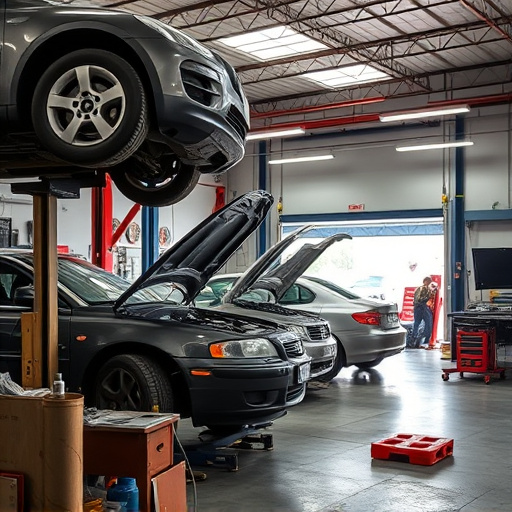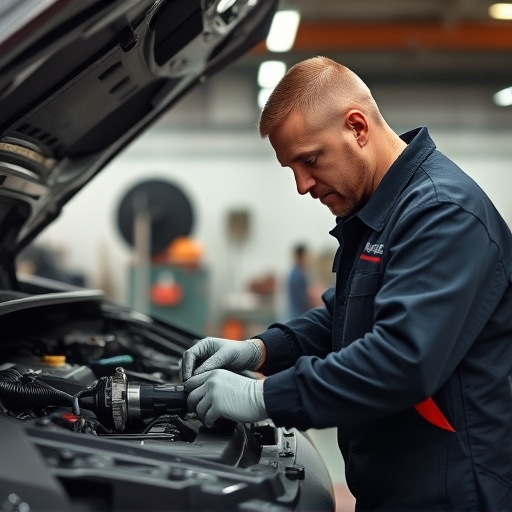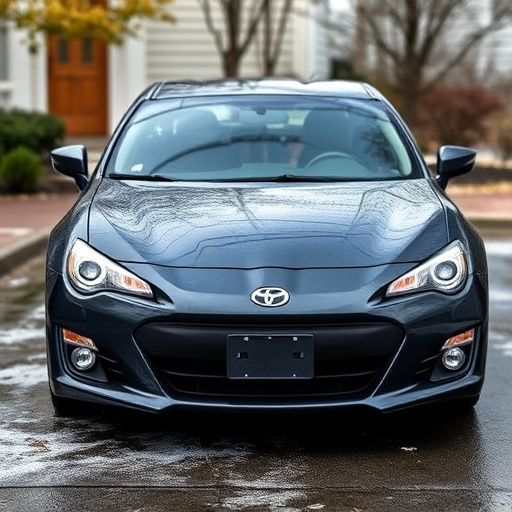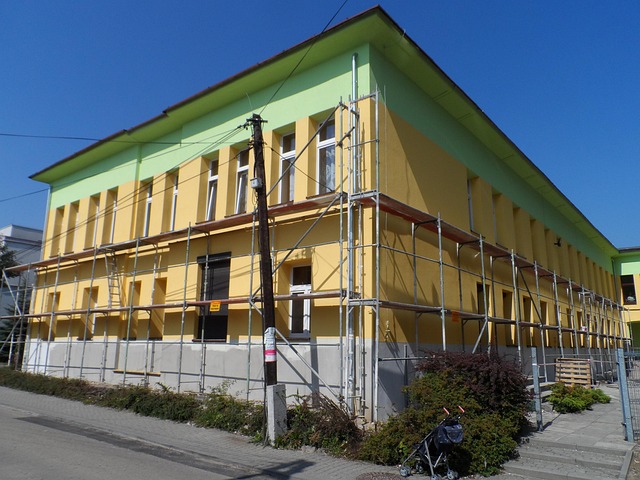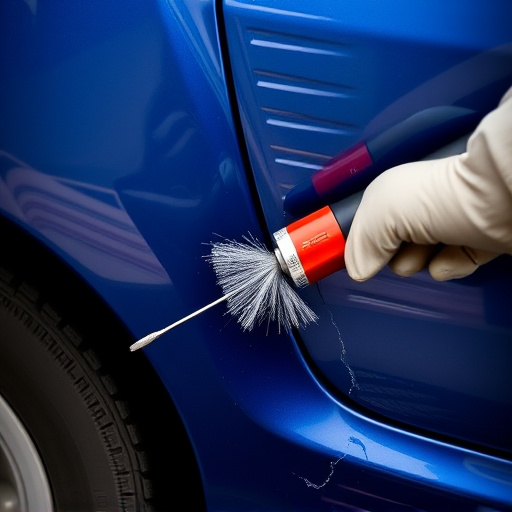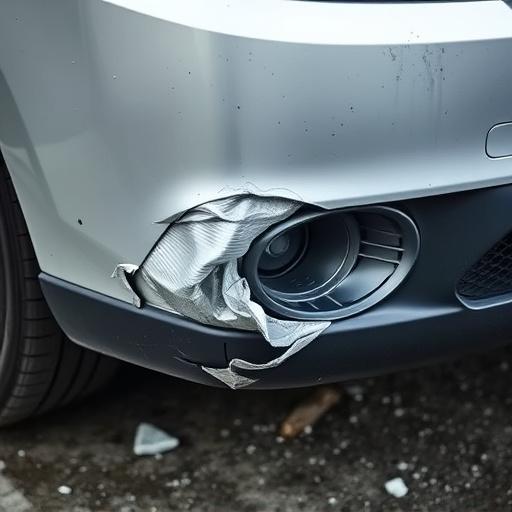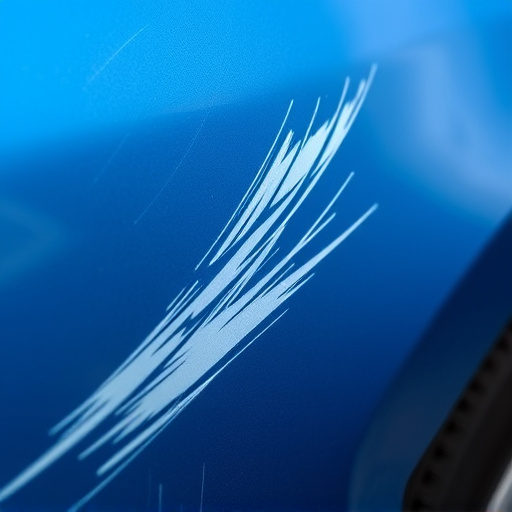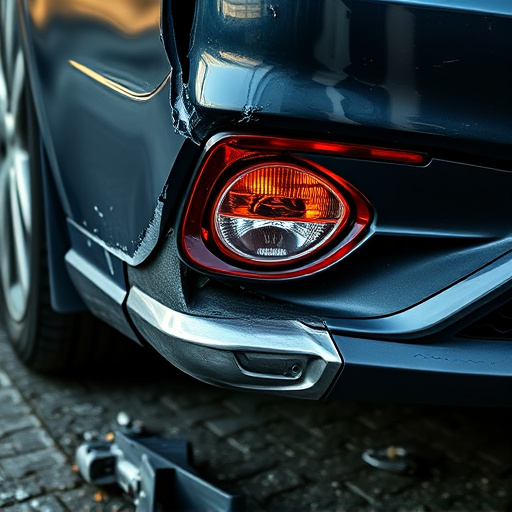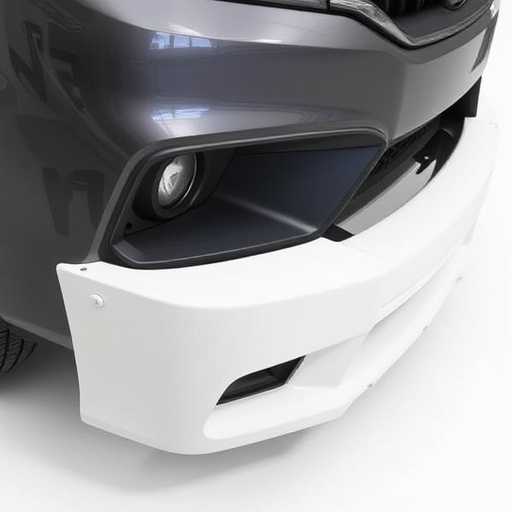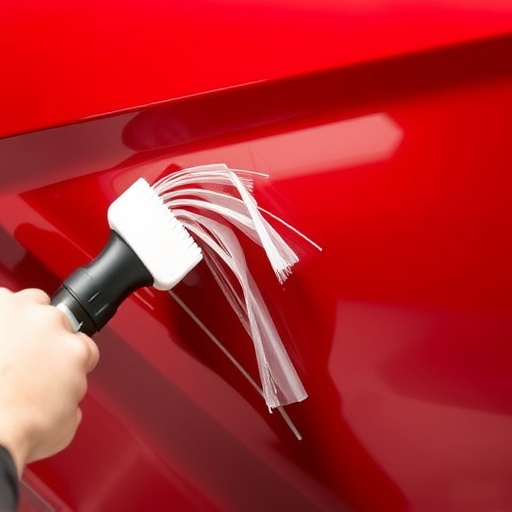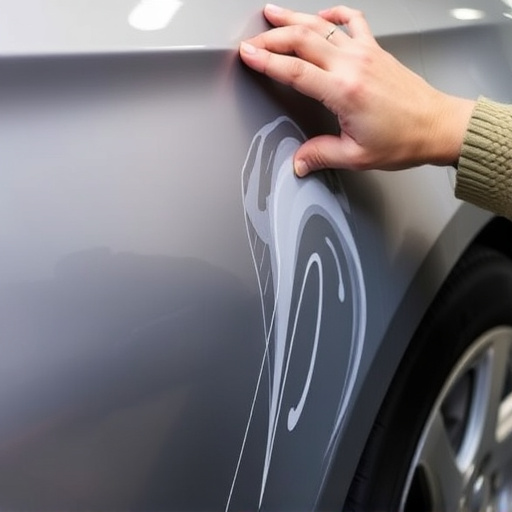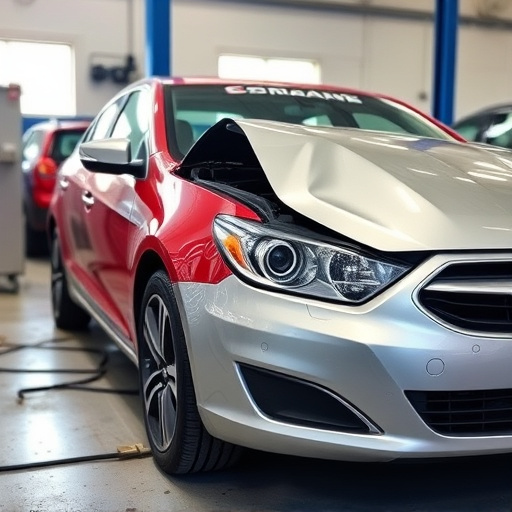Mechanics meticulously assess car frame damage using advanced technology like laser measures and CAD software to detect subtle deformities. They prioritize repairs based on severity, focusing on critical structural components first, ensuring safety and optimal vehicle performance after repair.
“Mechanics play a pivotal role in assessing and repairing car frame damage, ensuring optimal safety and performance. This article delves into the intricate process of car frame damage assessments, exploring inspection methods used by professionals for comprehensive evaluation. By understanding how mechanics prioritize repairs, vehicle owners can make informed decisions, restoring their vehicles to top condition. Learn about the science behind these evaluations and gain insights into effective car frame damage repair practices.”
- Understanding Car Frame Damage Assessments
- Inspection Methods for Comprehensive Evaluation
- Prioritizing Repairs for Optimal Safety and Performance
Understanding Car Frame Damage Assessments
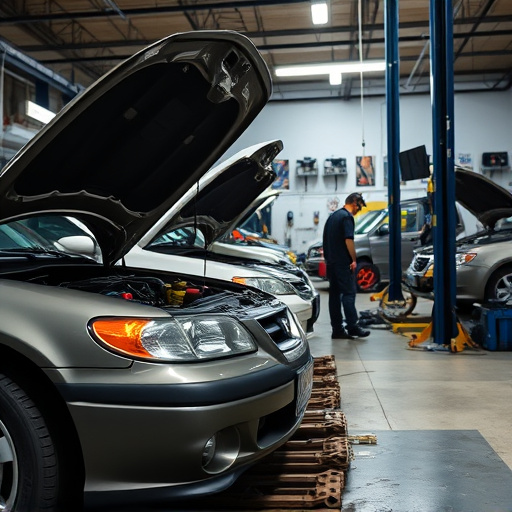
When assessing car frame damage, mechanics employ a meticulous process to ensure proper repairs and restore vehicle safety. This involves a thorough inspection, often aided by advanced technology, to detect even subtle deformities or misalignments in the frame. Every vehicle is unique, and mechanics consider factors like the severity of the incident, the type of collision (e.g., fender bender), and the vehicle’s make and model to determine the extent of car frame damage repair needed.
Frame straightening techniques are crucial in realigning components and restoring structural integrity. Auto body shops utilize specialized equipment and skilled technicians to carefully adjust and straighten the frame, addressing issues like bent panels, misaligned wheels, or damaged suspension systems. This meticulous process guarantees that once repairs are complete, the vehicle handles and performs as intended, providing drivers with peace of mind on the road.
Inspection Methods for Comprehensive Evaluation
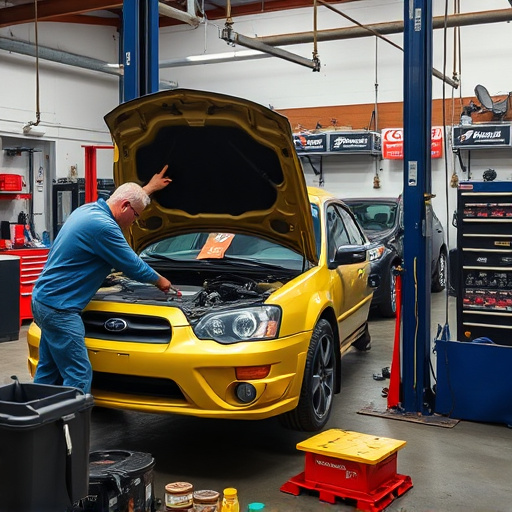
Mechanics employ various inspection methods to conduct a comprehensive evaluation of car frame damage repair needs. The initial step involves a visual inspection, where experts carefully examine the vehicle’s exterior and interior for any signs of distortion or misalignment. This includes checking for dents, crumples, and gaps in the body panels, as these can indicate structural integrity issues.
Advanced techniques such as laser measurement systems and computer-aided design (CAD) software are then utilized to quantify the exact degree of frame damage. These tools enable mechanics to compare current measurements with the vehicle’s original specifications, pinpointing precise areas of deviation. Additionally, non-destructive testing methods like ultrasonic or infrared thermography may be employed to assess hidden damage, particularly in areas prone to deformation during a collision, ensuring thorough and accurate car frame damage repair assessments.
Prioritizing Repairs for Optimal Safety and Performance
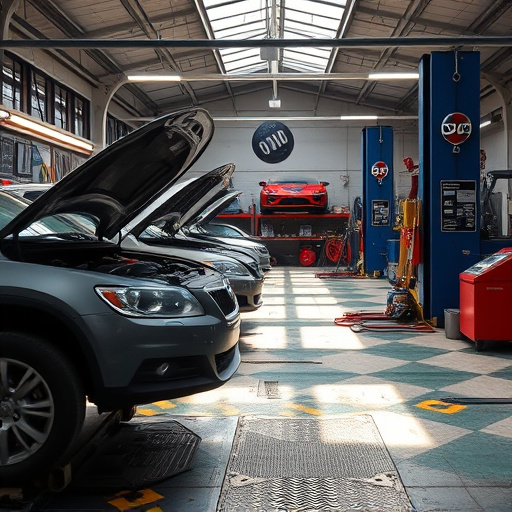
When assessing car frame damage repair needs, mechanics prioritize issues based on safety and structural integrity. After a fender bender or any collision, a vehicle body shop conducts thorough inspections to identify not just visible dents and cracks but also subtler distortions that could affect the car’s overall performance. This meticulous process involves advanced diagnostic tools to detect misalignments in the frame, which is crucial for the vehicle’s handling and stability.
By prioritizing repairs from the most critical to less urgent, mechanics ensure optimal safety and performance. This may include addressing structural components like the chassis, suspension systems, or doors first. A well-repaired car frame not only enhances safety features but also guarantees that the vehicle handles smoothly and returns to its pre-accident condition in a reputable vehicle repair shop.
When assessing car frame damage, mechanics employ a combination of visual inspections, advanced scanning technologies, and structural analysis to pinpoint repair needs. By understanding the extent of frame damage, prioritizing critical repairs, and adhering to industry standards, mechanics ensure optimal safety and performance for vehicles post-repair. This comprehensive evaluation process is paramount in the pursuit of quality car frame damage repair.
